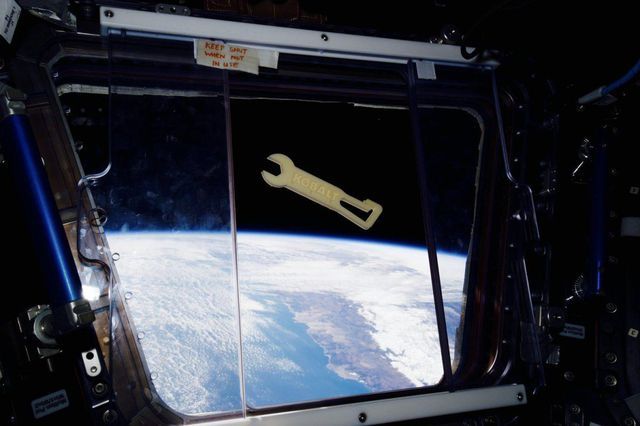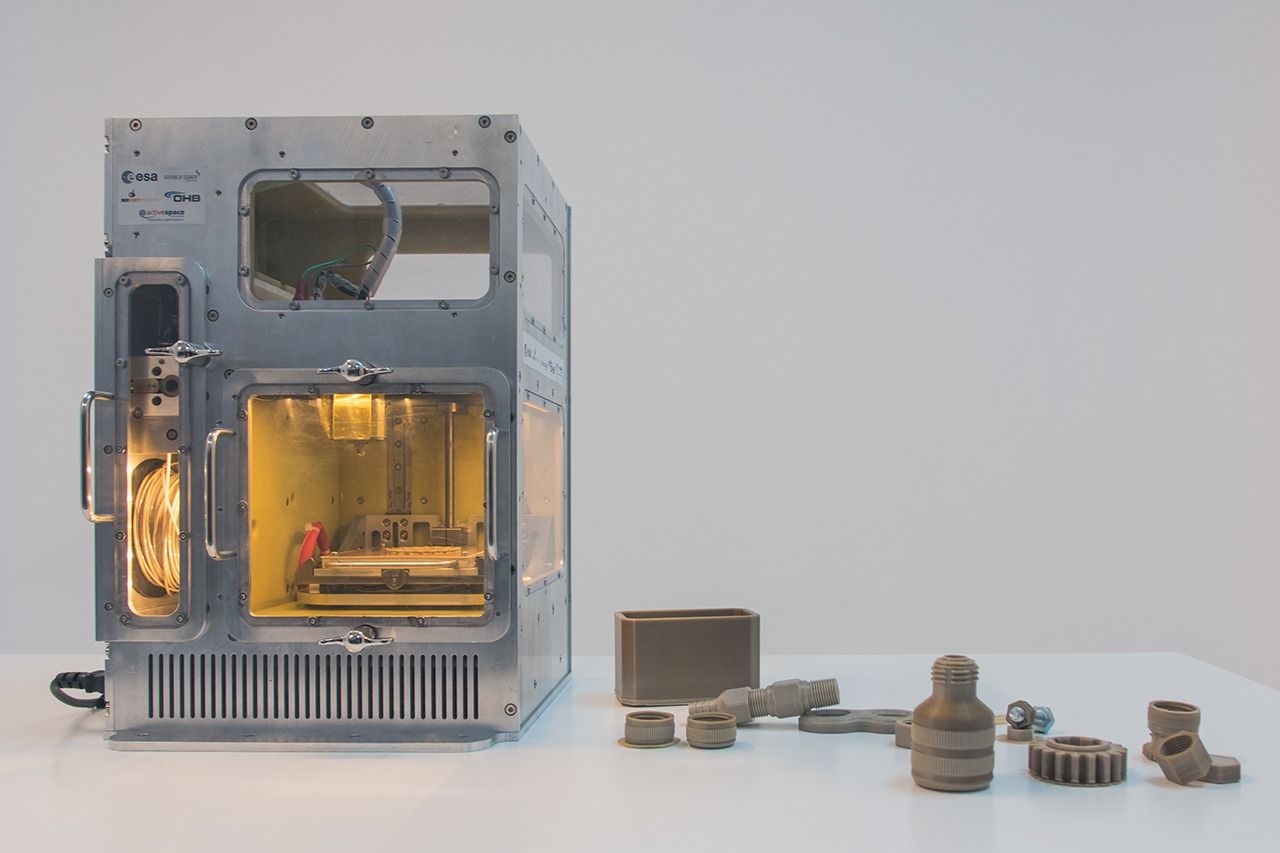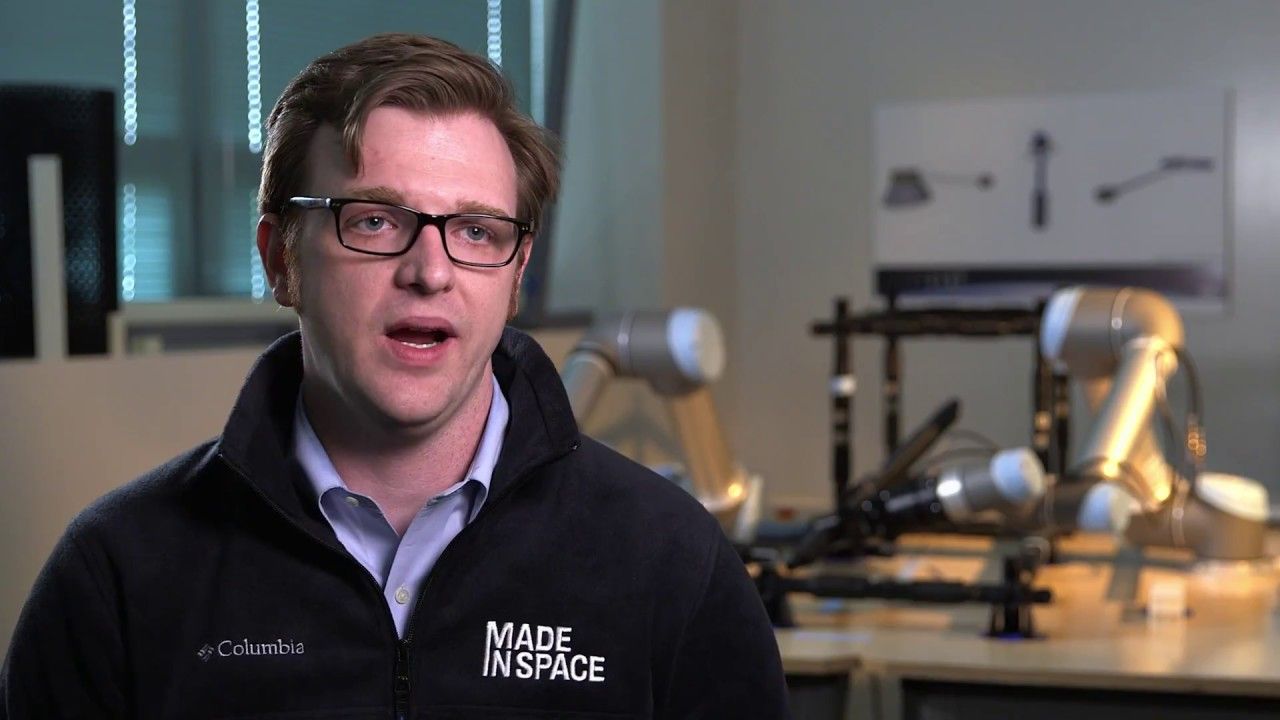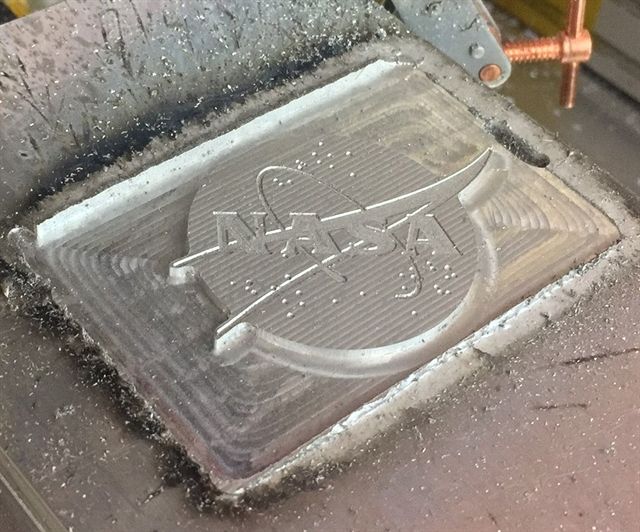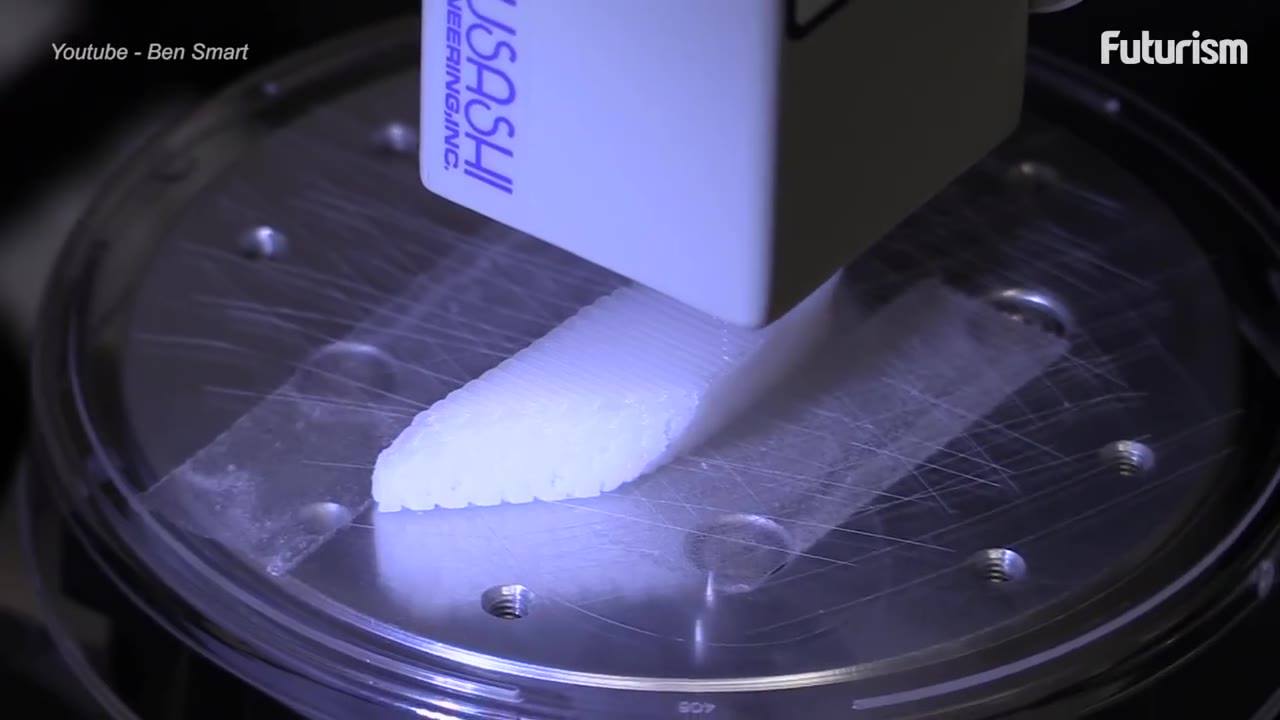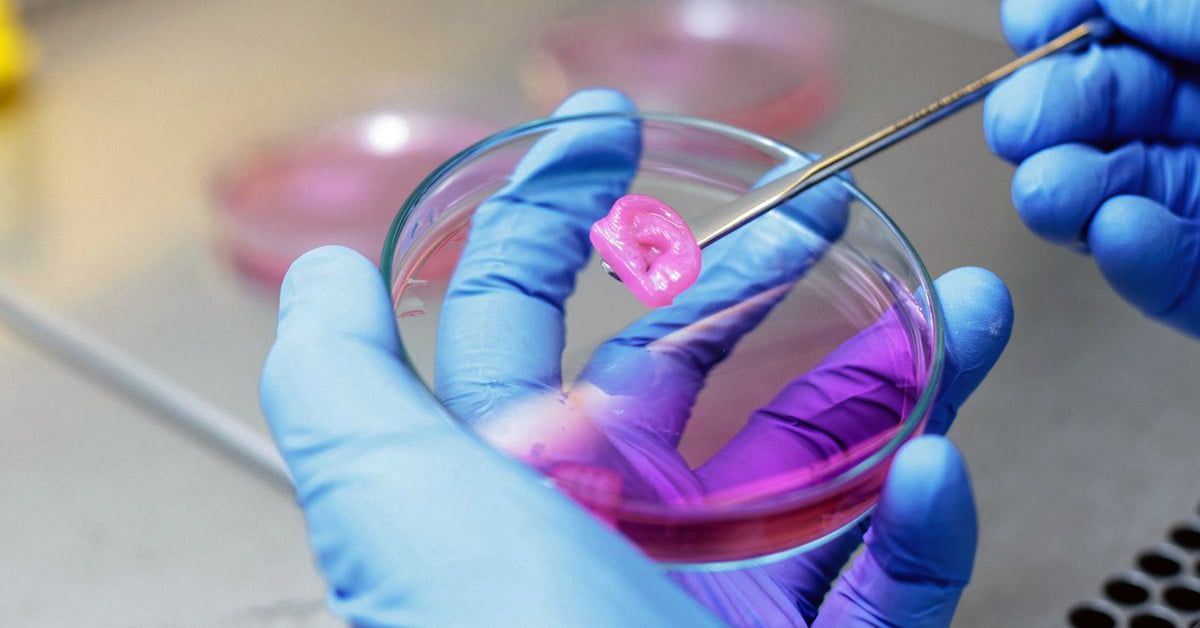BARCELONA: In a bid to take the 3D printing industry to an entirely new level, global printing and PC major HP Inc has announced that its 3D metal printing solutions are set to enter the market later this year, thus giving the $12 trillion global manufacturing opportunity a new push.
HP, which entered the Additive Manufacturing (AM) field in 2016, currently has industrial-grade Multi Jet Fusion (MJF) 3D printing solutions that produce polymer (plastic)-based products.
“We will do an announcement on metal printing later this year and unveil to the world what kind of technology we will use. There are several metal technologies out there and we will share which we have zeroed in on to move forward and invest further,” Ramon Pastor, Vice President and General Manager of Multi Jet Fusion, HP, told IANS.


